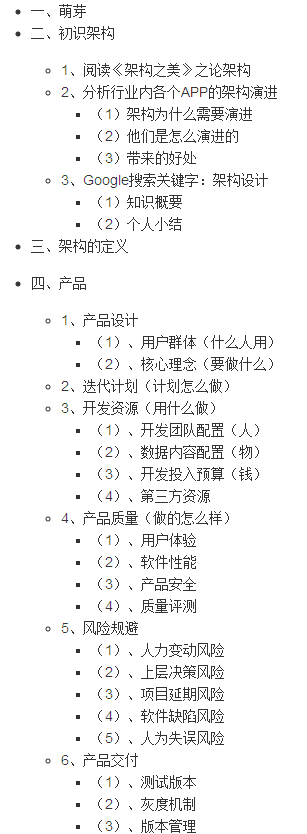How to inherit the constructor from a super class to a sub class?
问题:
回答1:
Constructors are not inherited, you must create a new, identically prototyped constructor in the subclass that maps to its matching constructor in the superclass.
Here is an example of how this works:
class Foo {
Foo(String str) { }
}
class Bar extends Foo {
Bar(String str) {
// Here I am explicitly calling the superclass
// constructor - since constructors are not inherited
// you must chain them like this.
super(str);
}
}
回答2:
Superclass constructor CAN'T be inherited in extended class. Although it can be invoked in extended class constructor's with super() as the first statement.
回答3:
Default constructors -- public constructors with out arguments (either declared or implied) -- are inherited by default. You can try the following code for an example of this:
public class CtorTest {
public static void main(String[] args) {
final Sub sub = new Sub();
System.err.println("Finished.");
}
private static class Base {
public Base() {
System.err.println("In Base ctor");
}
}
private static class Sub extends Base {
public Sub() {
System.err.println("In Sub ctor");
}
}
}
If you want to explicitly call a constructor from a super class, you need to do something like this:
public class Ctor2Test {
public static void main(String[] args) {
final Sub sub = new Sub();
System.err.println("Finished.");
}
private static class Base {
public Base() {
System.err.println("In Base ctor");
}
public Base(final String toPrint) {
System.err.println("In Base ctor. To Print: " + toPrint);
}
}
private static class Sub extends Base {
public Sub() {
super("Hello World!");
System.err.println("In Sub ctor");
}
}
}
The only caveat is that the super() call must come as the first line of your constructor, else the compiler will get mad at you.
回答4:
Read about the super keyword (Scroll down the Subclass Constructors). If I understand your question, you probably want to call a superclass constructor?
It is worth noting that the Java compiler will automatically put in a no-arg constructor call to the superclass if you do not explicitly invoke a superclass constructor.
回答5:
Say if you have
/**
*
*/
public KKSSocket(final KKSApp app, final String name) {
this.app = app;
this.name = name;
...
}
then a sub-class named KKSUDPSocket extending KKSSocket could have:
/**
* @param app
* @param path
* @param remoteAddr
*/
public KKSUDPSocket(KKSApp app, String path, KKSAddress remoteAddr) {
super(app, path, remoteAddr);
}
and
/**
* @param app
* @param path
*/
public KKSUDPSocket(KKSApp app, String path) {
super(app, path);
}
You simply pass the arguments up the constructor chain, like method calls to super classes, but using super(...) which references the super-class constructor and passes in the given args.
回答6:
You inherit class attributes, not class constructors .This is how it goes :
If no constructor is added in the super class, if no then the compiler adds a no argument contructor. This default constructor is invoked implicitly whenever a new instance of the sub class is created . Here the sub class may or may not have constructor, all is ok .
if a constructor is provided in the super class, the compiler will see if it is a no arg constructor or a constructor with parameters.
if no args, then the compiler will invoke it for any sub class instanciation . Here also the sub class may or may not have constructor, all is ok .
if 1 or more contructors in the parent class have parameters and no args constructor is absent, then the subclass has to have at least 1 constructor where an implicit call for the parent class construct is made via super (parent_contractor params) .
this way you are sure that the inherited class attributes are always instanciated .



